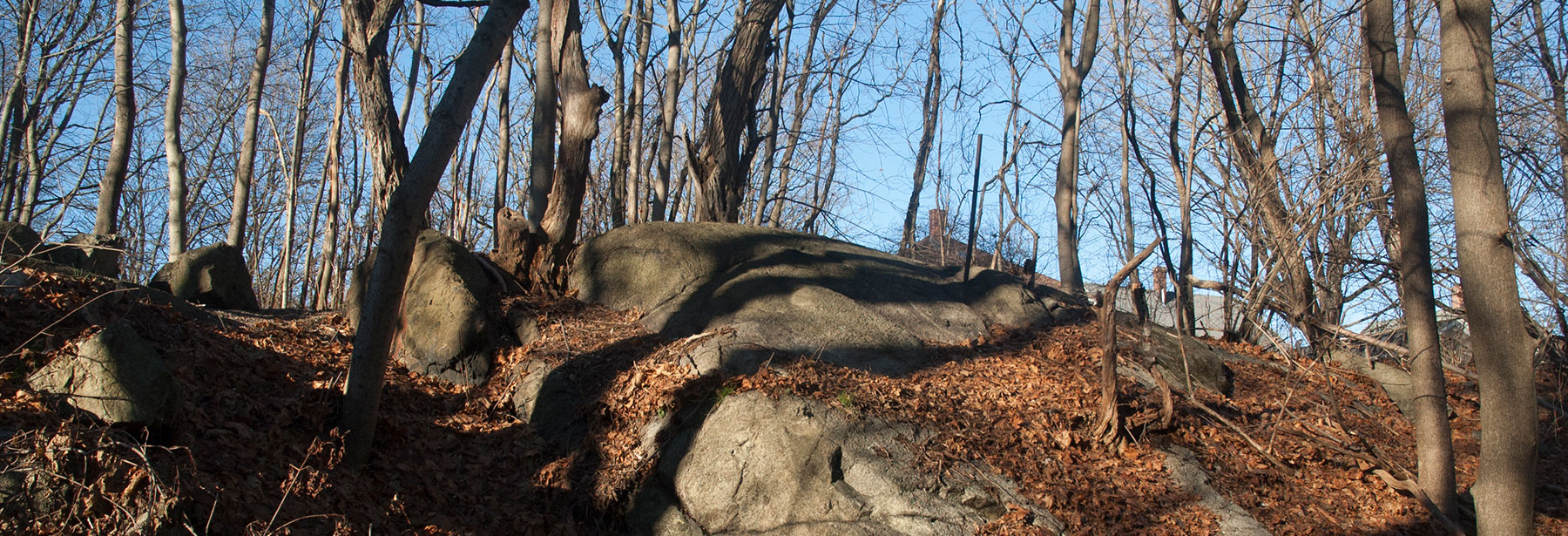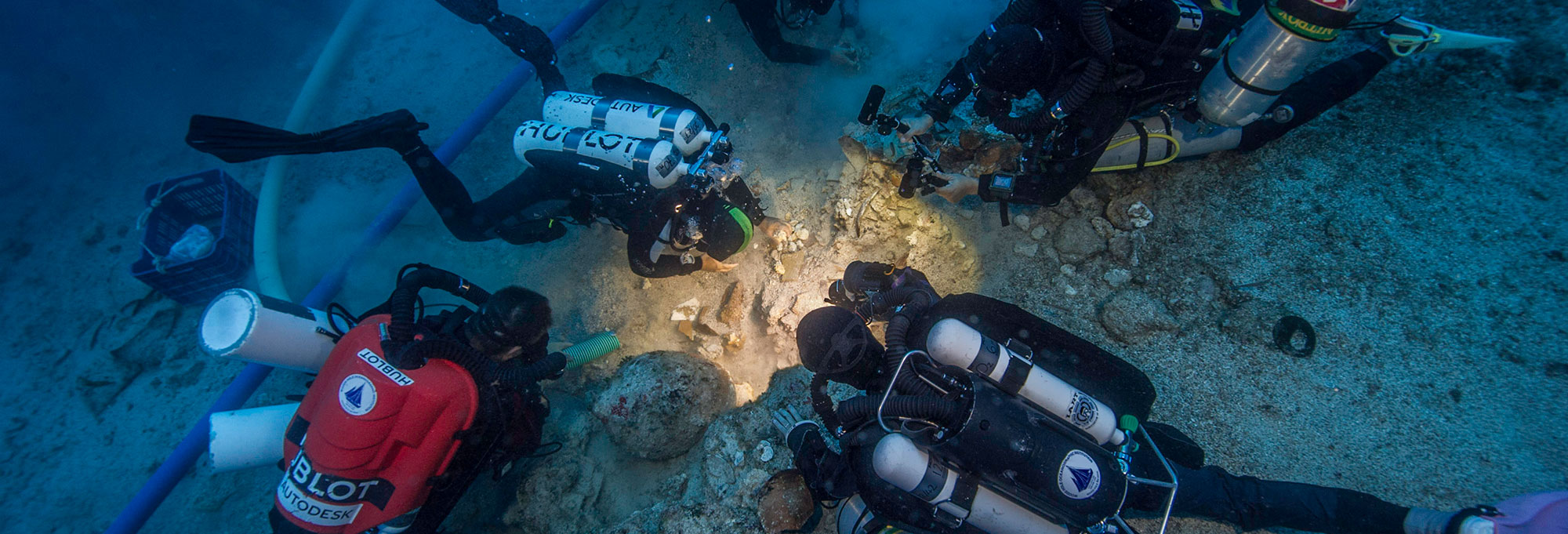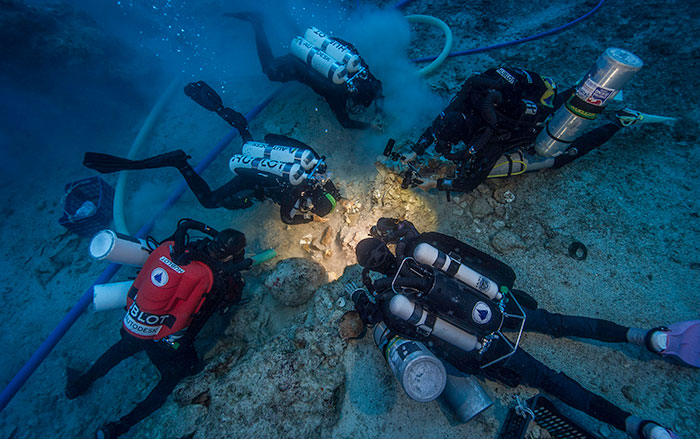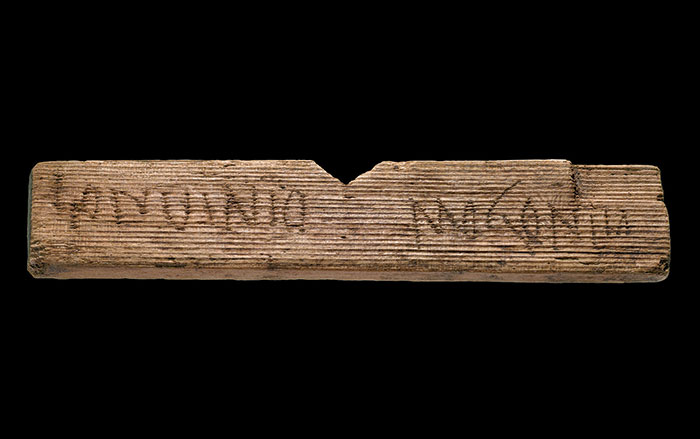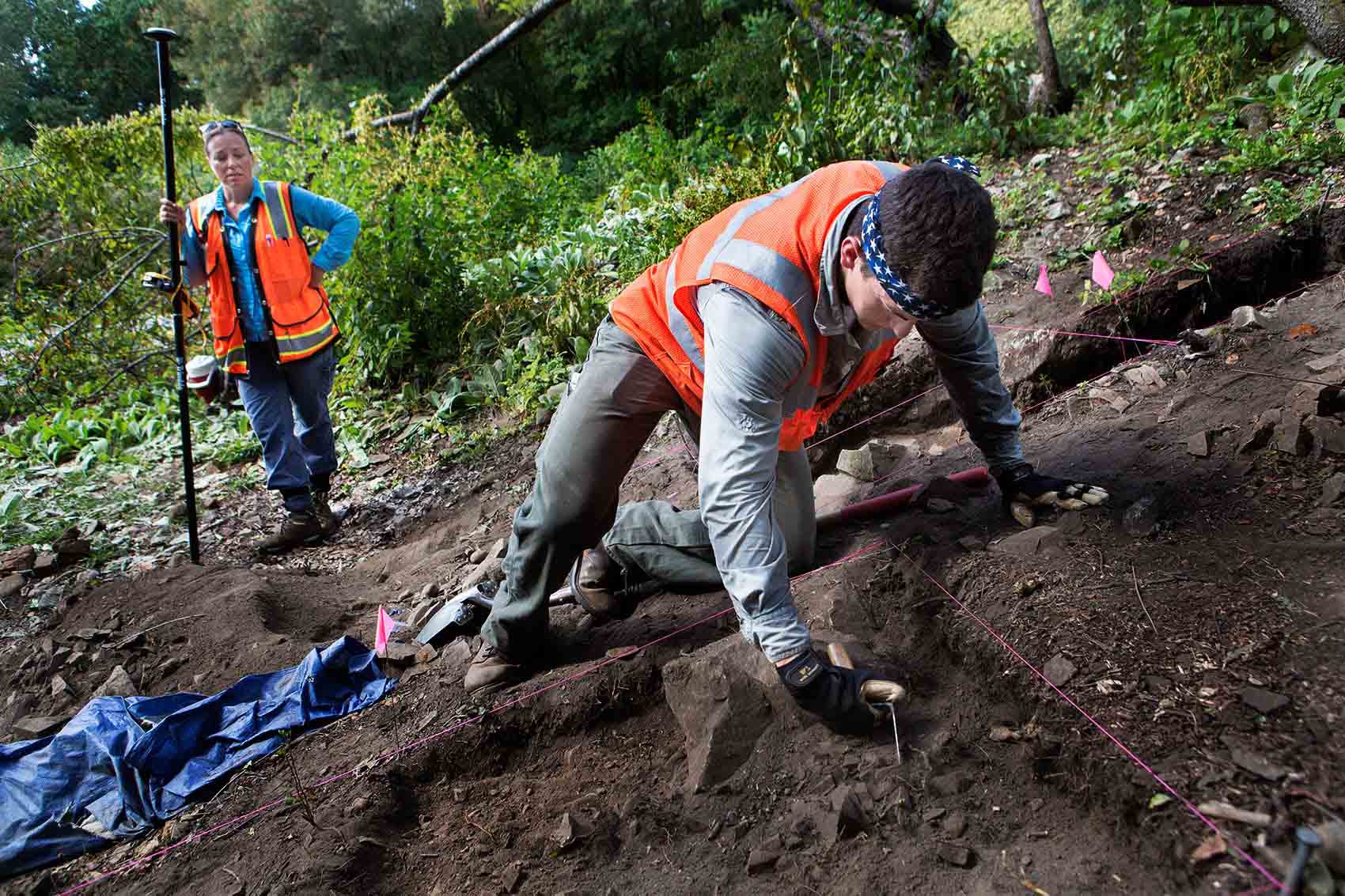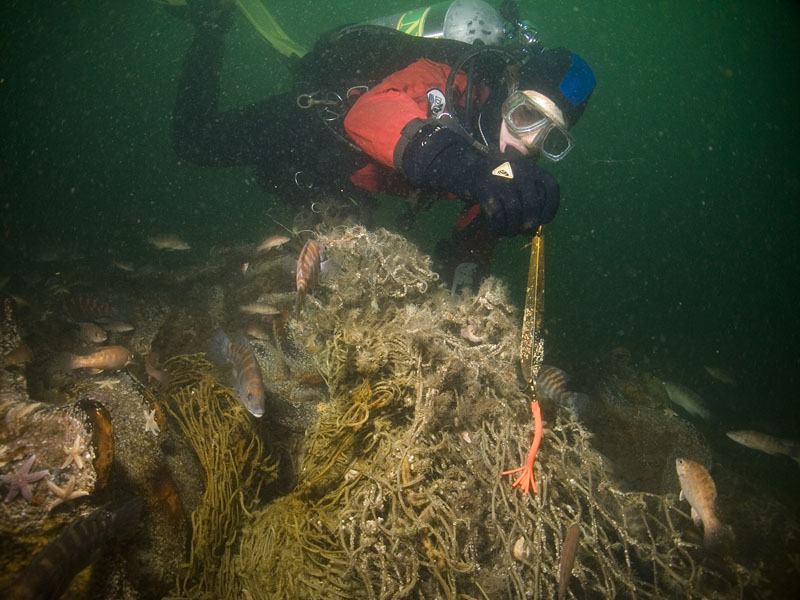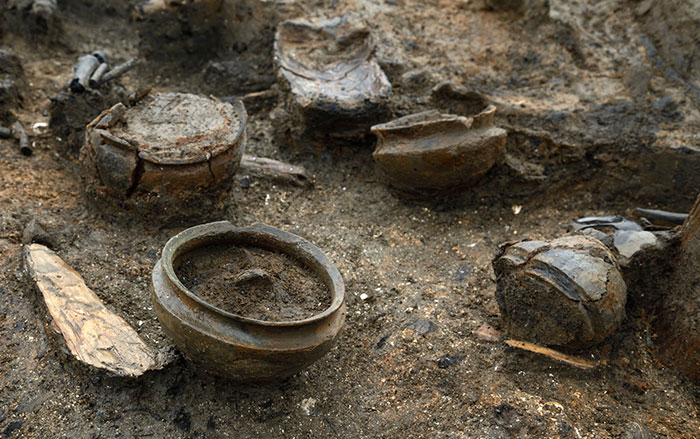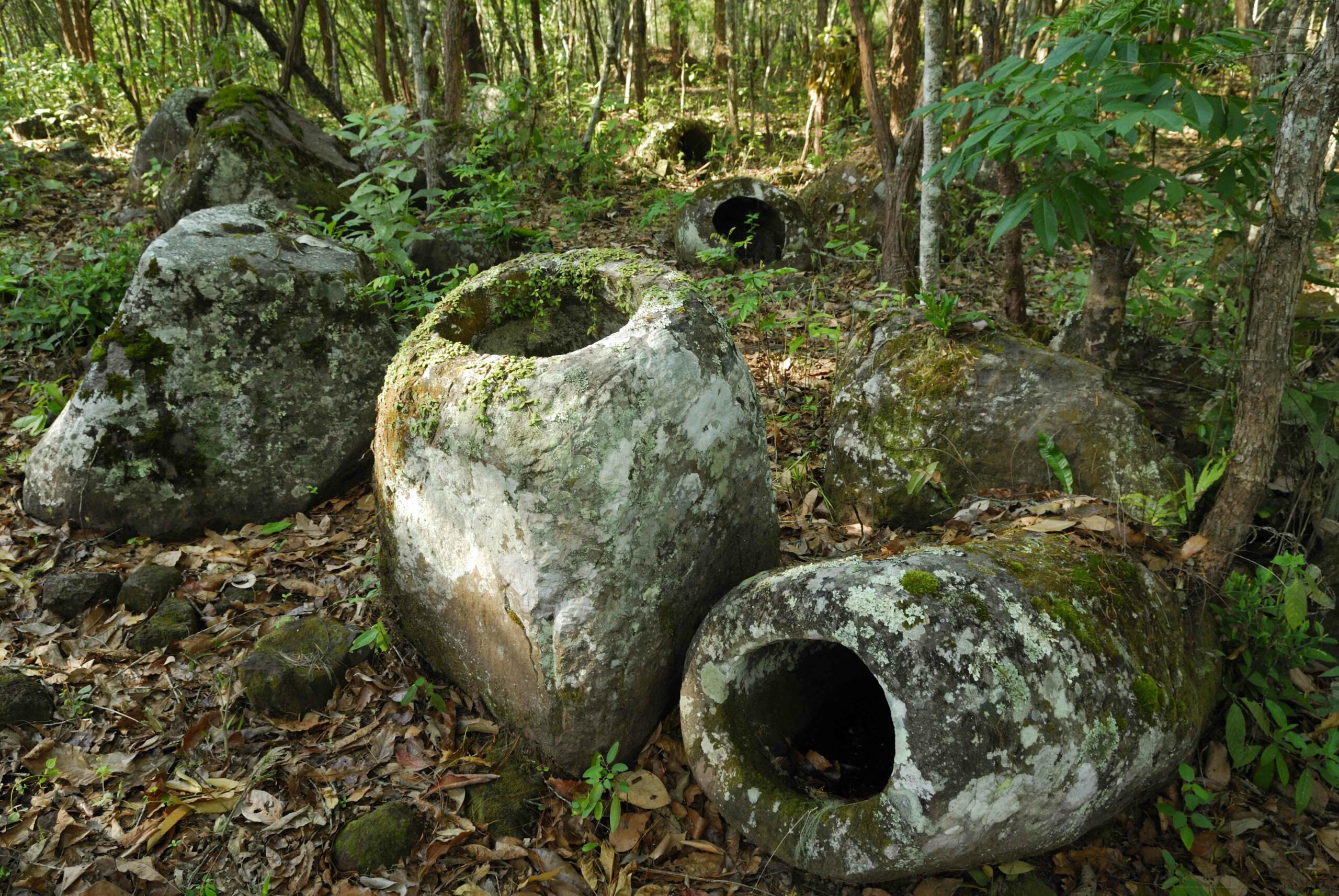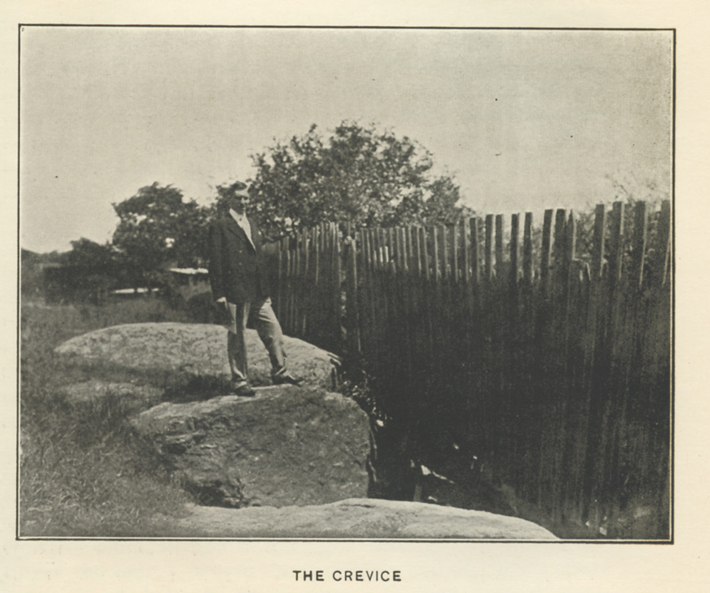
There are almost 1,000 surviving official documents and several contemporary histories from the Salem witch trials of 1692 and 1693. But little of this relates directly to the 19 hangings that punctuated the notorious period of hysteria and paranoia, and none of the documents record where the executions took place.
The site—long believed to have been somewhere on or near Gallows Hill—appears to have been forgotten by the early nineteenth century. In 1921, historian Sidney Perley theorized that the hangings took place at Proctor’s Ledge, a rocky outcrop at the base of Gallows Hill.
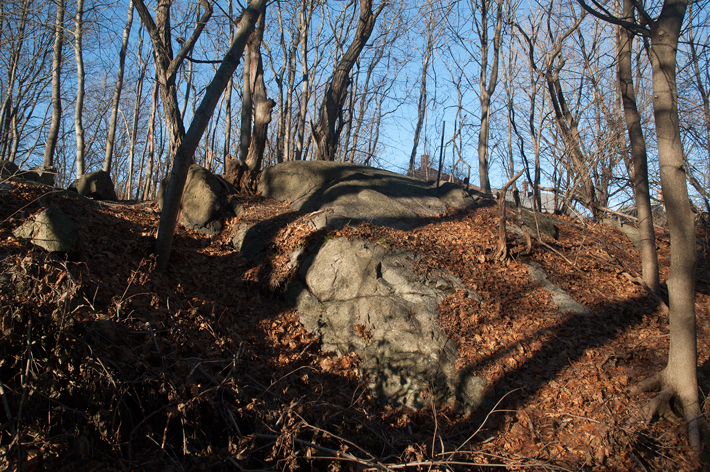
Over the last five years, a research team has reviewed Perley’s findings. They have also applied new technology to pinpoint the site.
With the help of both a piece of overlooked testimony and a geographic information system that determined what could be seen from where (known as a viewshed analysis), researchers concluded in 2016 that Perley had been right. Proctor’s Ledge is indeed the spot where the accused met their ends. The team, led by Salem State University historical archaeologist Emerson Baker, also conducted geophysical testing and found no human remains or evidence of a gallows at the site. “This finding is in keeping with oral traditions,” Baker says, “that the families of the victims came under cover of darkness to recover loved ones and rebury them in family cemeteries.”


